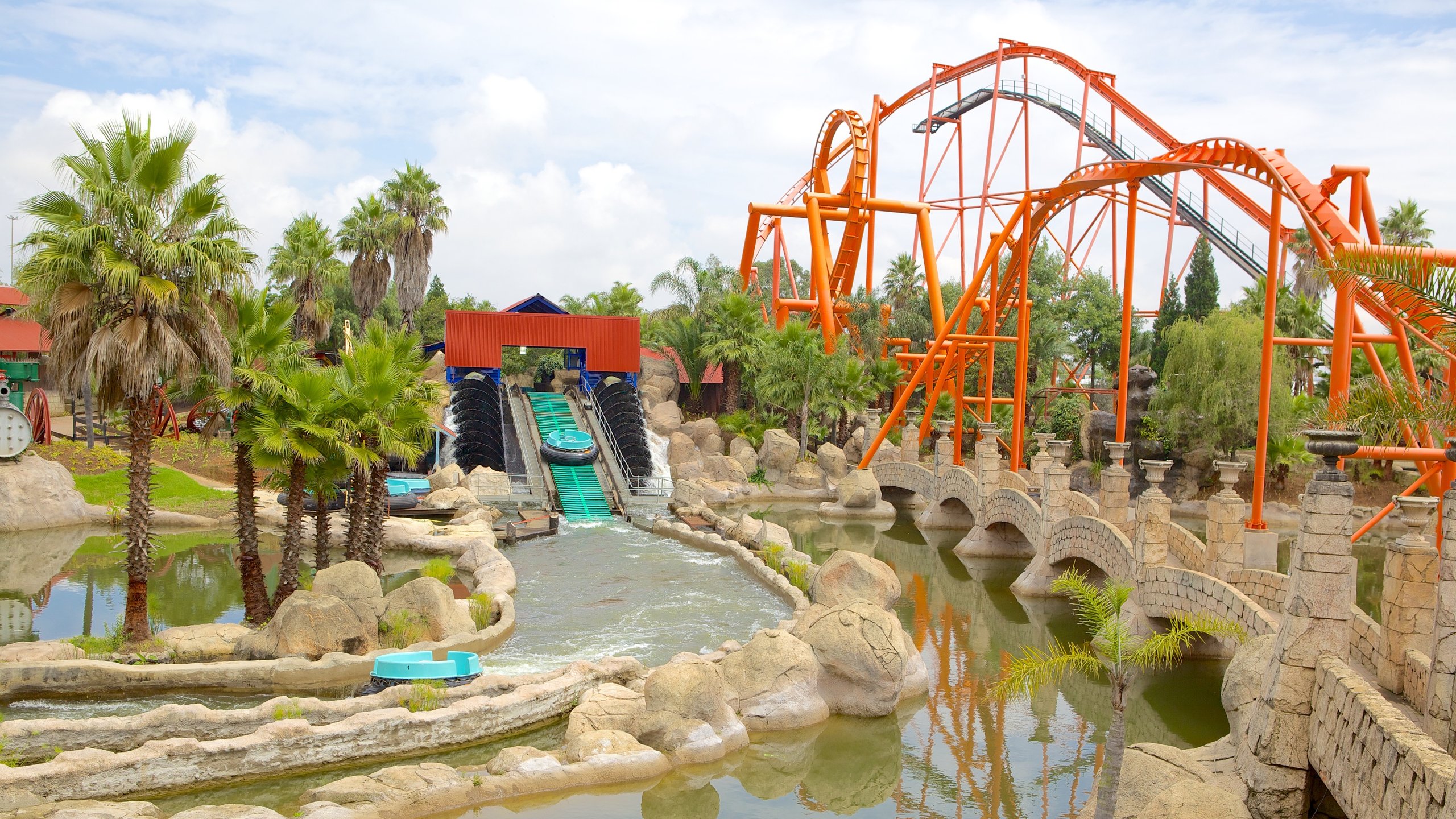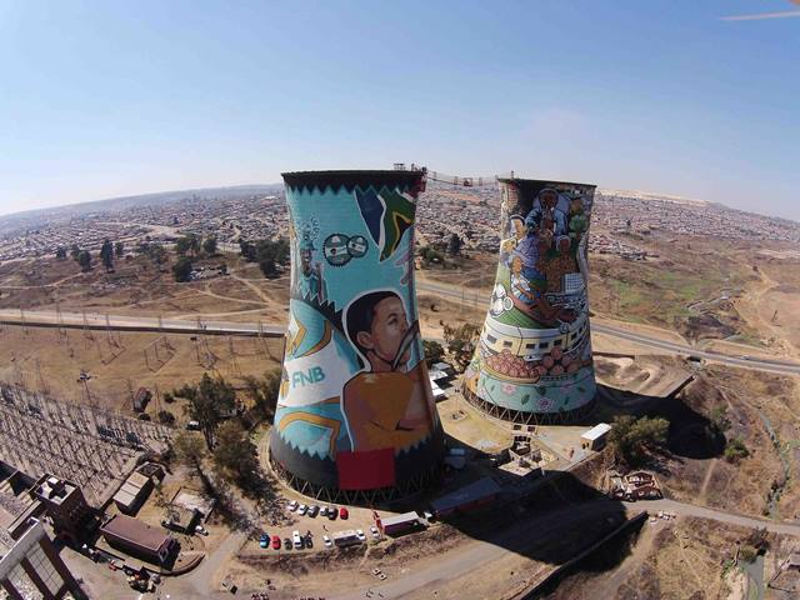The 2-Minute Rule for Johannesburg North Attractions
The 2-Minute Rule for Johannesburg North Attractions
Blog Article
The Single Strategy To Use For Johannesburg North Attractions
Table of ContentsSome Ideas on Johannesburg North Attractions You Should KnowHow Johannesburg North Attractions can Save You Time, Stress, and Money.All about Johannesburg North AttractionsJohannesburg North Attractions Fundamentals ExplainedAn Unbiased View of Johannesburg North AttractionsThe Ultimate Guide To Johannesburg North Attractions
The city expanded on the edge of the Witwatersrand Key Reef, a below ground stratum of gold-bearing quartz-silica empire that arcs for hundreds of miles below the Highveld - Johannesburg North attractions. Many of the gold mines in the city ceased operation in the 1970s, but in its day the Witwatersrand gold market accounted for more than 40 percent of the world's yearly gold manufacturing.Johannesburg has a temperate environment. Summer season temperature levels average concerning 75 F (24 C); winter temperature levels balance about 55 F (13 C) and just occasionally dip below cold. The city delights in concerning eight hours of sunlight per day in both winter and summer season. Rain standards regarding 28 inches (700 millimetres) per annum, yet the total differs substantially from year to year.
What rainfall the city gets drops practically exclusively in the summer months, frequently in magnificent late-afternoon electrical storms., where many residents still count on coal for fuel.

The 4-Minute Rule for Johannesburg North Attractions
The equilibrium of the city is inhabited by whites. Lodging varies in character and high quality. Soweto is well-known for its endless rows of municipally built, two-room matchbox homes, yet it additionally has a few thriving territories in addition to bursting squatter camps, where 10s of thousands live without water, power, or cleanliness facilities.
Physical growth, although somewhat limited by transport, continued promptly as migration to South Africa, and Johannesburg in particular, enhanced considerably.
A lot of inadequate residential areas were mixed, with poor blacks and whites cohabiting, although the rich residential areas were usually booked for whites. This changed with the election of the National Party in the 1948 elections, that started to formalise the system called apartheid. Discrimination formally designated which suburban areas each race can live in under the Team Areas Act.
The previous system this link of eleven phoned number regions was reorganised in 2006. Marshalltown, as seen from the top of the Carlton Centre. The M1 and M2 run behind the structures, and the southern suburban areas expand past the highway border. The inner city of Johannesburg lies within the city's Region F. The number of individuals living in the inner city on an informal basis is unknown, as many are prohibited immigrants. The unemployment, education, and age profiles of the location are all unknown, due to the problem of obtaining dependable details about the area.
The Facts About Johannesburg North Attractions Revealed
Yeoville and Bellevue have a mix of apartment structures and single residential systems on tiny whole lots. The region lies on a hilly divide that ranges from east to west. The most obvious geographical function is Observatory Ridge, which is called for the big observatory situated on it. The entertainment spaces are no much visit site longer made use of, as a result of protection troubles.

How Johannesburg North Attractions can Save You Time, Stress, and Money.
The eastern suburbs are some of the earliest locations of Johannesburg, there are large neighborhoods of Jewish and other European backgrounds, the bulk of the population is English speaking. There are three golf courses as well as a number of secured ridges with viewsites.
The location is mainly composed of old "matchbox" houses, or four-room residences constructed by the government, that were built to supply affordable lodging for black employees during apartheid. Soweto is an abbreviation, standing for "South Western Townships". Road after street around is lined with matchboxes; nonetheless, there are a few smaller locations where flourishing Sowetans have actually built homes that are more similar in stature with those in even more affluent residential areas.
Hostels are an additional noticeable physical attribute of Soweto. Initially developed to house male migrant employees, numerous have actually been boosted as dwellings for couples and households. The N1 Western Bypass skirts the eastern border of Soweto. The residential area was not historically permitted to produce employment centres within the area, so nearly all of its residents are commuters to other parts of the city.
The 4-Minute Rule for Johannesburg North Attractions
The household locations in the northern suburbs are primarily official, with no considerable areas of informal real estate, or housing that does not have a permanent framework. This is an established area, there is a fad of land use change from domestic to business, especially along major arterial roads and around well-known nodes.
Roads to the east and west are less well created, as there are no highways taking a trip in that direction. In the direction of the northern border of the city, the density of growth original site decreases, leaving big areas of untaught land around Midrand.
An Unbiased View of Johannesburg North Attractions
The first residential area to the north of the inner city is Parktown, which lies on a hill ignoring the central city and Hillbrow. It has several affluent citizens and Edwardian-style manors, along with the Education and Medical schools of the College of the Witwatersrand. The huge concrete Charlotte Maxeke Johannesburg Academic Hospital dominates the sky line of Parktown.
Report this page